Here we go again: is this RRD?
3 months ago
Featured Answer
Sort by:Oldest
Comments (31)
- 3 months ago
- 3 months ago
Related Professionals
Parole Landscape Architects & Landscape Designers · Billerica Landscape Contractors · Arden-Arcade Landscape Contractors · Beverly Hills Landscape Contractors · Bloomington Landscape Contractors · Brooklyn Park Landscape Contractors · Columbine Landscape Contractors · Dallas Landscape Contractors · Doctor Phillips Landscape Contractors · East Chicago Landscape Contractors · Huntington Landscape Contractors · Lakewood Landscape Contractors · Maywood Landscape Contractors · Panama City Beach Landscape Contractors · Whittier Landscape Contractors- 3 months agolast modified: 3 months ago
- 3 months agolast modified: 3 months ago
- 3 months agolast modified: 3 months ago
- 3 months agolast modified: 3 months ago
- 3 months ago
- 3 months ago
- 3 months ago
- 3 months agolast modified: 3 months ago
- 3 months agolast modified: 3 months ago
- 3 months ago
- 3 months ago
- 3 months agolast modified: 3 months ago
- 3 months agolast modified: 3 months ago
- 3 months agolast modified: 3 months ago
- 3 months ago
- 3 months ago
- 3 months ago
- 3 months ago
- 3 months agolast modified: 3 months ago
- 3 months ago
- 3 months ago
- 3 months ago
- 3 months agolast modified: 3 months ago
- 3 months ago
- 3 months ago
- 3 months ago
- 3 months ago
- 3 months agolast modified: 3 months ago
Related Stories

DESIGNER SHOWCASESSan Francisco Decorator Showcase: Happy Days Are Here Again
Creative ideas, bold colors and inventive materials abound under one (very large) roof
Full Story
DECORATING GUIDESHouzz Tour: Happy Days Are Here Again in a Miami Apartment
The colors of Biscayne Bay, an owner’s fond memories and the groovy spirit of the 1970s inspire a bright redesign
Full Story
KITCHEN ISLANDSLet’s Go Island Hopping Again
Check out these 92 kitchens with binge-worthy islands in a variety of shapes, materials and styles
Full Story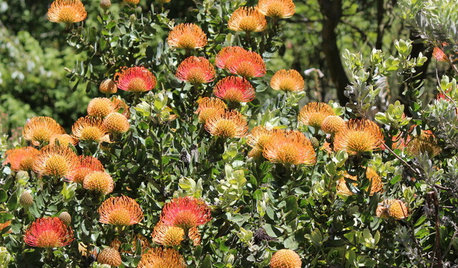
GARDENING GUIDESKeep Your Cool in the Garden — Here’s What to Do in August
Don’t let summer’s heat go to your head. These U.S. gardening guides will help you make sensible choices for all of your plantings
Full Story
HOME TECHAre the Latest High-Definition TVs for You? Here’s What to Know
See what’s new with 4K ultra HD televisions and projectors, and find out what they will cost you
Full Story
KITCHEN CABINETSChoosing New Cabinets? Here’s What to Know Before You Shop
Get the scoop on kitchen and bathroom cabinet materials and construction methods to understand your options
Full Story
MOVINGRelocating? Here’s How to Make the Big Move Better
Moving guide, Part 1: How to organize your stuff and your life for an easier household move
Full Story
PETSLove Pets? Here’s What to Look for in a House
Make sure Buddy and Bella will have the safe and comfortable spaces they need
Full Story
MOVINGReady to Downsize? Here’s the Big Picture on Preparing to Move
Overwhelmed at the thought of moving from a bigger home to a smaller one? Our guide tells you what to expect
Full Story
HOUSEKEEPINGIt’s Time to Clean Your Gutters — Here’s How
Follow these steps to care for your gutters so they can continue to protect your house
Full Story





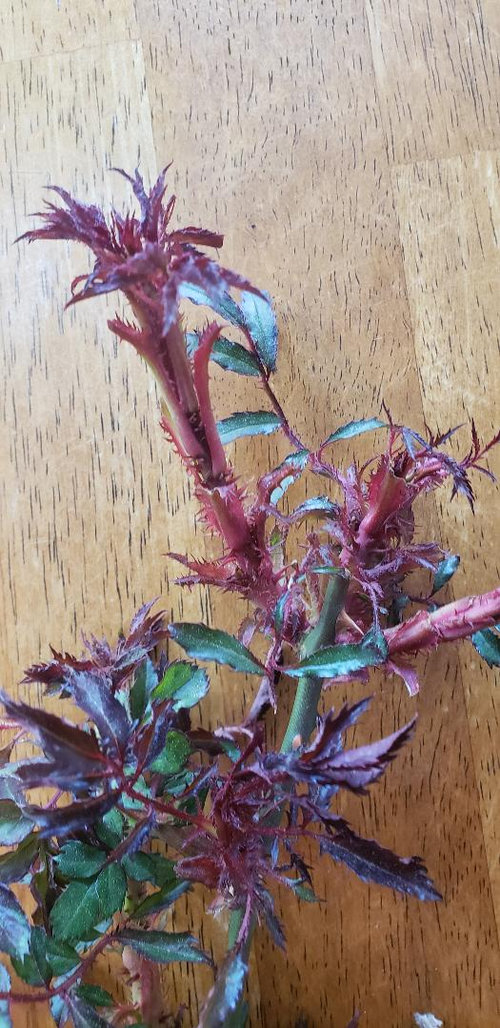
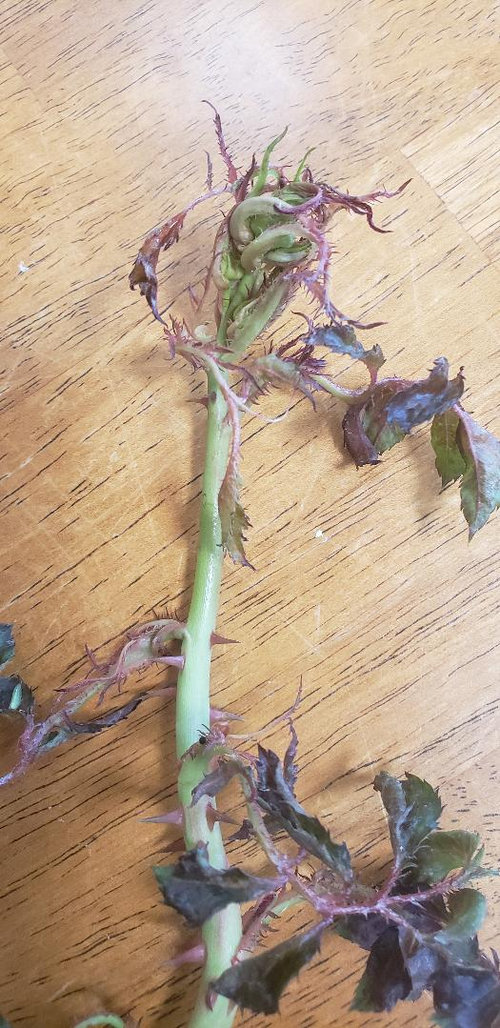
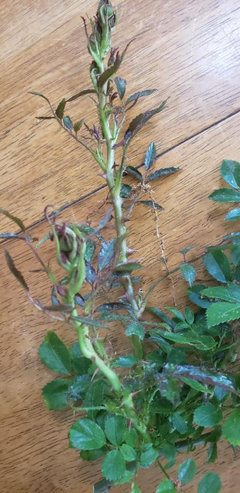

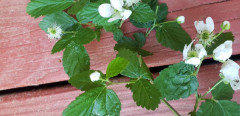
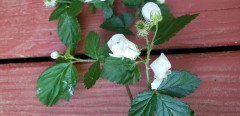
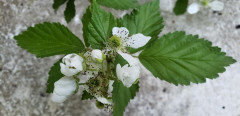
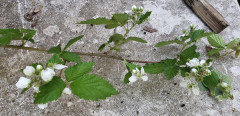
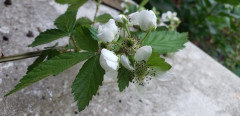
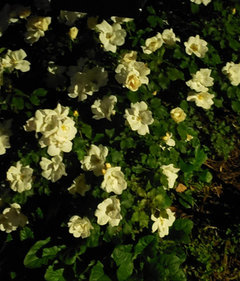
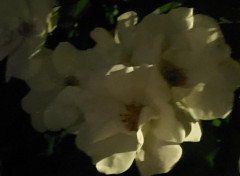

Dave5bWY